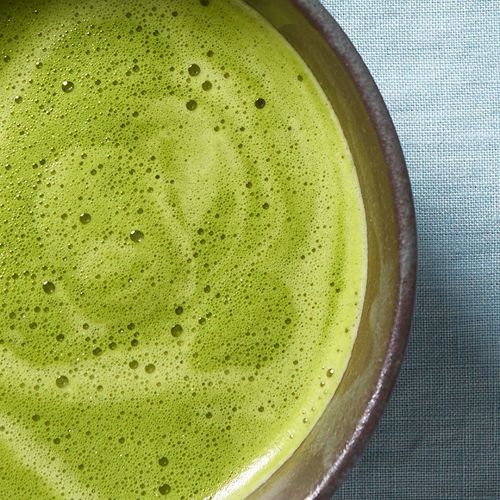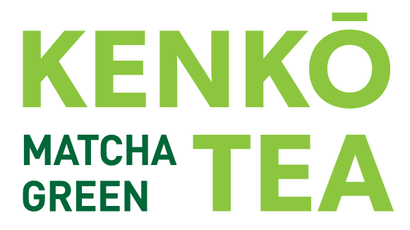
(Kenko Matcha Premium Grade - Photo by @rara_tang)
It’s one of the most common questions we get here at Kenko Tea – what’s the deal with culinary grade and ceremonial grade matcha?
To start with, the answer is really simple.
Ceremonial Grade Matcha is typically higher quality and used to make traditional matcha tea with water, while Culinary grade matcha is the one you use to make matcha lattes, smoothies, shakes and bakes.
But then it gets a little complicated…
Flavour profiles. Colour palettes. Production techniques – there’s a world of difference between these Matcha grades.
So here’s a quick guide to understanding culinary and ceremonial matcha grades – by the end, you’ll be a matcha expert!
Ceremonial matcha and culinary matcha is essentially the same thing – matcha.
Provided you have bought good quality products, both grades are made from ground up leaves from the camellia sinensis (tea) plant that has been shade grown in Japan.
Ceremonial grade matcha is made from the youngest tea leaves with all the stems and veins removed to obtain a very smooth flavour and texture.

(Kenko Matcha Culinary Grade - Photo by @sugarbeecakes)
Culinary grade matcha is also made from young tea leaves, but they are just a bit older.
Tea sommeliers then blend the matcha to suit their different purposes – culinary or ceremonial - creating the different grades.
Buy the best you can
While we’re on the subject of quality, with matcha tea you really do get what you pay for.
While there should be no difference in basic quality between the grades, cheaper versions of either product can often have a less enjoyable taste or produce disappointing results.
So no matter what grade of matcha tea you’re shopping for, look for the best you can get your hands on.
It’s all in the matcha blend
Ceremonialmatcha tea is generally higher quality and made to be used for making tea with water. Higher grades of ceremonial matcha generally have natural sweetness and can be drank on its own with just water. It is traditionally used in Japanese tea ceremony is traditionally made Usucha (thin tea) or Koicha (thick tea).
It has slightly higher nutritional properties a it is made from younger, first harvest tea leaves which carry higher concentrations of nutrients, caffeine and antioxidants.

(Matcha Tea - Photo by @yumezkka)
Culinarygrade matcha powder is blended to allow it to be mixed with other ingredients. It’s the jack-of-all-trades with a bitter, astringent flavor profile that shines through.
That’s why you bake with this blend of matcha, or mix drinks – it’s designed to be an ingredient for the kitchen or your local barista!

(Vegan Matcha Vanilla Cake - Photo by @foodie.paris)
How to tell the difference between Ceremonial & Culinary
Aside from looking at the packet, the easiest way to tell the difference between ceremonial grade matcha tea and culinary grade is to look at it.
Ceremonial grade matcha should be a vibrant green colour, like the colour of lawn or leaves. It should also be very fine to the touch and smell kind of like freshly cut grass. Mmm!
Meanwhile, culinary grade matcha is still green and vibrant, but not as green as its ceremonial partner, while also being fine to the touch.
So what’s the best Matcha Grade to use?
Well, both matcha grades are great, depending on what you want to use them for.
Ceremonial grade matcha is designed to be naturally sweet and strong and only needs hot water to get going. You drink it straight and serve it up in tea ceremonies. Be warned though, it can be an acquired taste!
On the other hand, culinary grade matcha is blended to make matcha lattes, smoothies, cakes and whatever else your imagination can create.
It offers more versatility, often for a much lower price, and is more suited for everyday drinking on the go.
Enjoy the differences
So now that you know the differences between Culinary grade matcha and Ceremonial, why not try them both?
There’s a whole world of flavours and experiences waiting for you with Kenko Tea.










